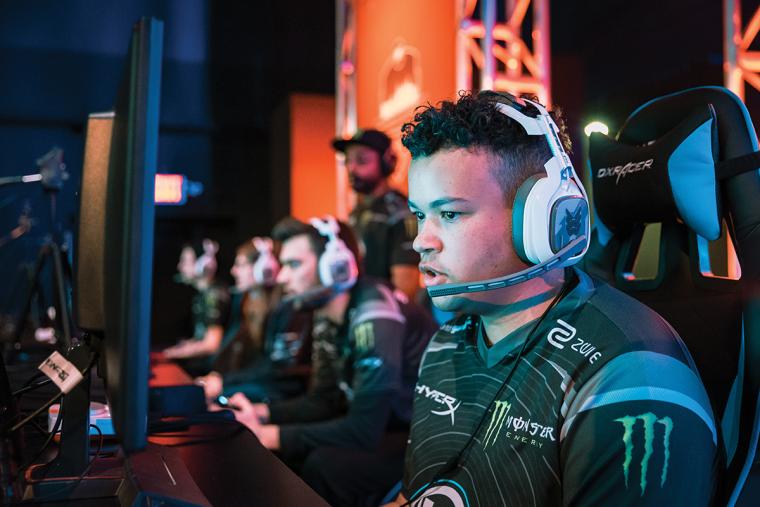
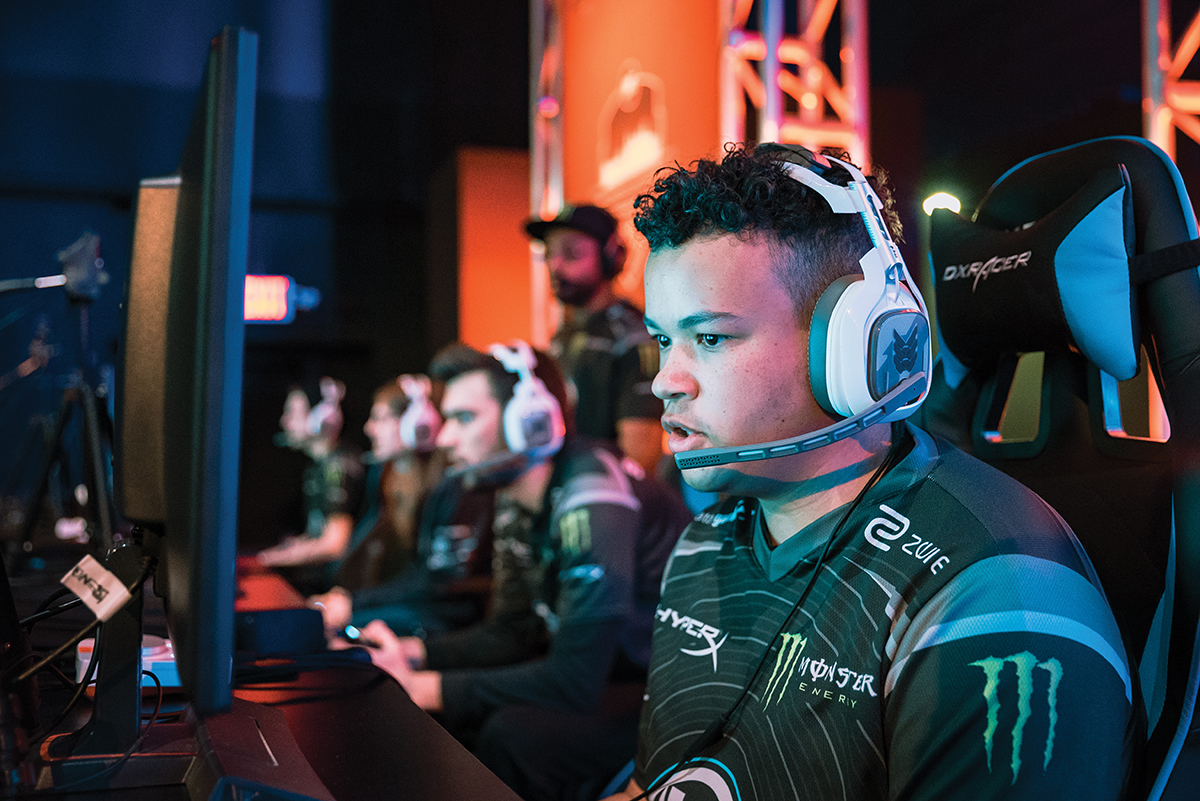
Domestically, eSports events are routinely selling out in multi-use facilities like KeyArena (Seattle), Nationwide Arena (Columbus), Staples Center (Los Angeles) and Madison Square Garden in New York, making it obvious that destinations, too, are recognizing the growth and the potential. From where we sit, in Las Vegas, we can see continued growth, both here and worldwide. Still, it remains a market many are unfamiliar with and are hesitant to approach. Here is a breakdown of information that we can offer from the perspective of our organization, Millennial Esports, which is a vertically integrated eSports company offering turnkey global solutions that cover gaming technology and studios, event management, research and analytics, content production and broadcasting.
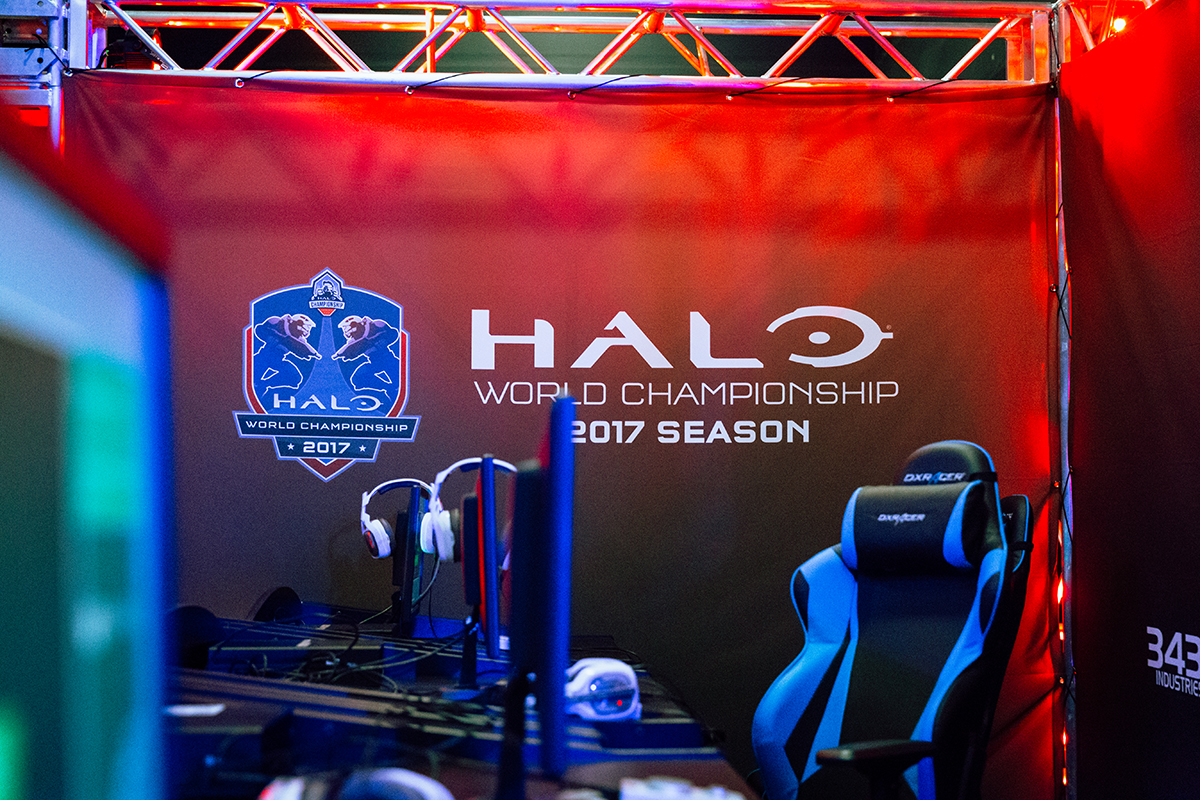 The Impact of this Growth on the eSports Event Industry
The Impact of this Growth on the eSports Event Industry
Competitive events can take different formats, including ladder play, elimination tournaments and head-to head-matches. In addition to pursuing titles, players may compete for cash prizes and awards. Another popular format is training sessions, where teams can prepare for larger tournaments in a boot camp format – and play a series with one another in the process. An example of this was a Halo event MIllennial Esports held in Las Vegas over the summer, Beyond The Sticks, or BTS. BTS brought two of the top Halo teams, EnvyUs and Oxygen Supremacy, to Las Vegas for an all-expenses-paid training experience at the Millennial eSports Arena.
The teams played a 13-game series in preparation for Dreamhack Atlanta 2017. (As background, DreamHack Atlanta is a tournament that took place from July 21-23 at the Georgia World Congress Center. It was the third event in the DreamHack Smash Championship 2017 season, a series spanning events in North America and Sweden and featuring $100,000 in prize money in total. Dreamhack 2018 is already on in Leipzig, Germany, and will rotate through a number of cities, including Atlanta, before ending in December, in Seville, Spain.)
To build excitement for Dreamhack, Fans were able to watch all the boot camp action of BTS at twitch.tv/MillennialEsports. The players were able to experience team-building activities outside the Arena (indoor skydiving and playing at TopGolf were offered) and to receive professional coaching and guidance from Joe Gomes, head strength and conditioning coach for the Oakland Raiders. Those at home could follow along on social media. Competitive action was hosted by two of Halo’s greatest personalities, Ryan Towey & Tom “Tsquared” Taylor. EnvyUs ultimately triumphed after a battle viewed on Twitch and commented upon in social media.
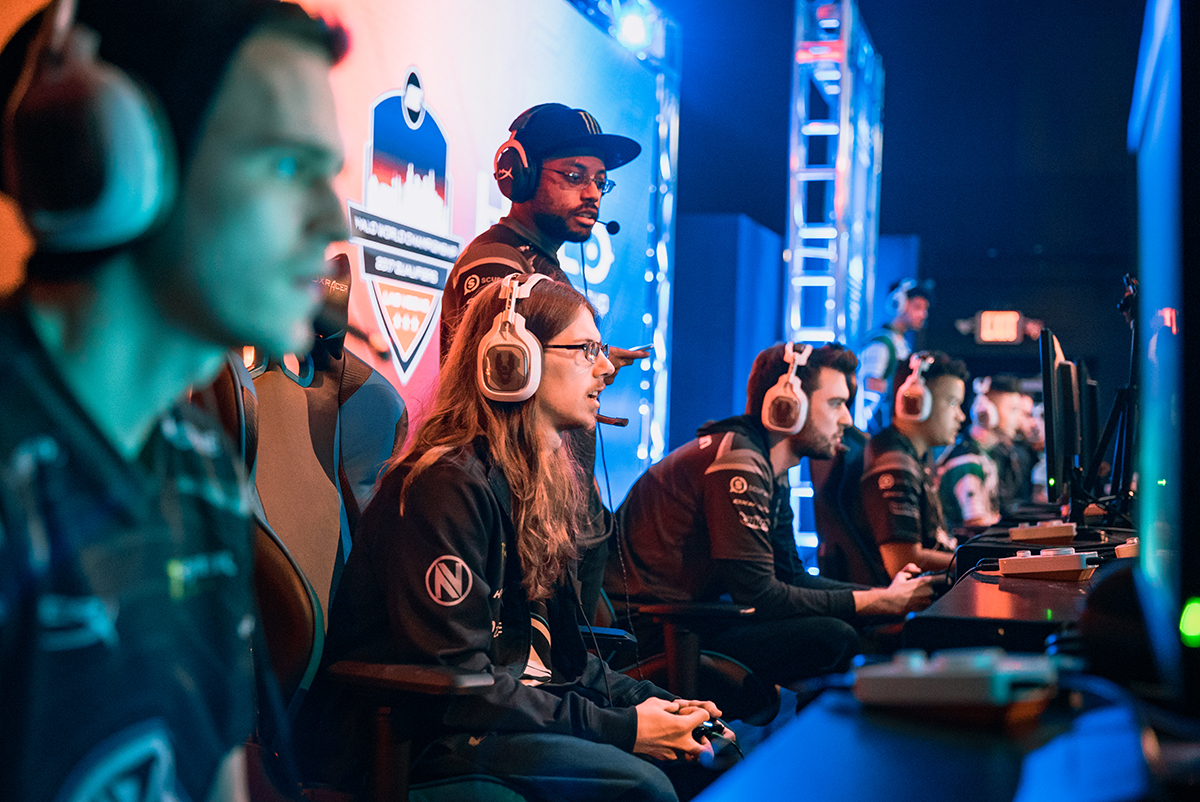 How Do We Measure Growth in eSports?
How Do We Measure Growth in eSports?
Both the number of events held and the number of venues designed to house eSports tournaments have increased significantly in recent years. But where we really see the impact of those increases is in viewership numbers and prizing totals.
In 2016, eSports generated $636 million in revenue, with a global audience of about 320 million people. Prize money of more than $120 million was won in 2016. In 2017, the prize pool just for the International Dota 2 (a multi-player battle arena game) tournament was approximately $25 million.
According to a recent report by the BBC, eSports will not only generate more than $1.75 billion in global revenue by the year 2020, it will almost double its audience to nearly 600 million people.
Demographic of the eSports Population
Many of the leading eSports teams are led by millennials and the global audience skews in the same direction. But eSports as live entertainment is appealing to audiences of all generations, from those who grew up on the first video games to today’s generation of kids that are used to playing the hottest new games on their phones.
 Finding the Right Partner for an eSports Event
Finding the Right Partner for an eSports Event
While it might be comparatively easy to sign a contract to host an eSports event, it’s more problematic to find the right partner to work with. The market is expanding, and there is an increased number of vendors – but that does not mean everyone has the same level of knowledge. Just as with other sports competitions, it is one thing to understand eSports and another to put on a successful event.
Do your homework and find out what your vendor is capable of. For example, with our dedicated eSports venue in Las Vegas, we have been able to provide turnkey event and broadcast solutions to brands, leagues and other rights-holders looking to hold eSports events. Through our subsidiary, Stream Hatchet, we also offer a variety of advanced analytics services to both brands and teams that enable them to measure the success of their event, while maximizing potential revenue streams.
Making sure your vendor can offer everything you need is essential, particularly if you’re new to the eSports arena. (You might be learning on the job but you can’t afford to have your vendor be doing the same, so choose wisely.)
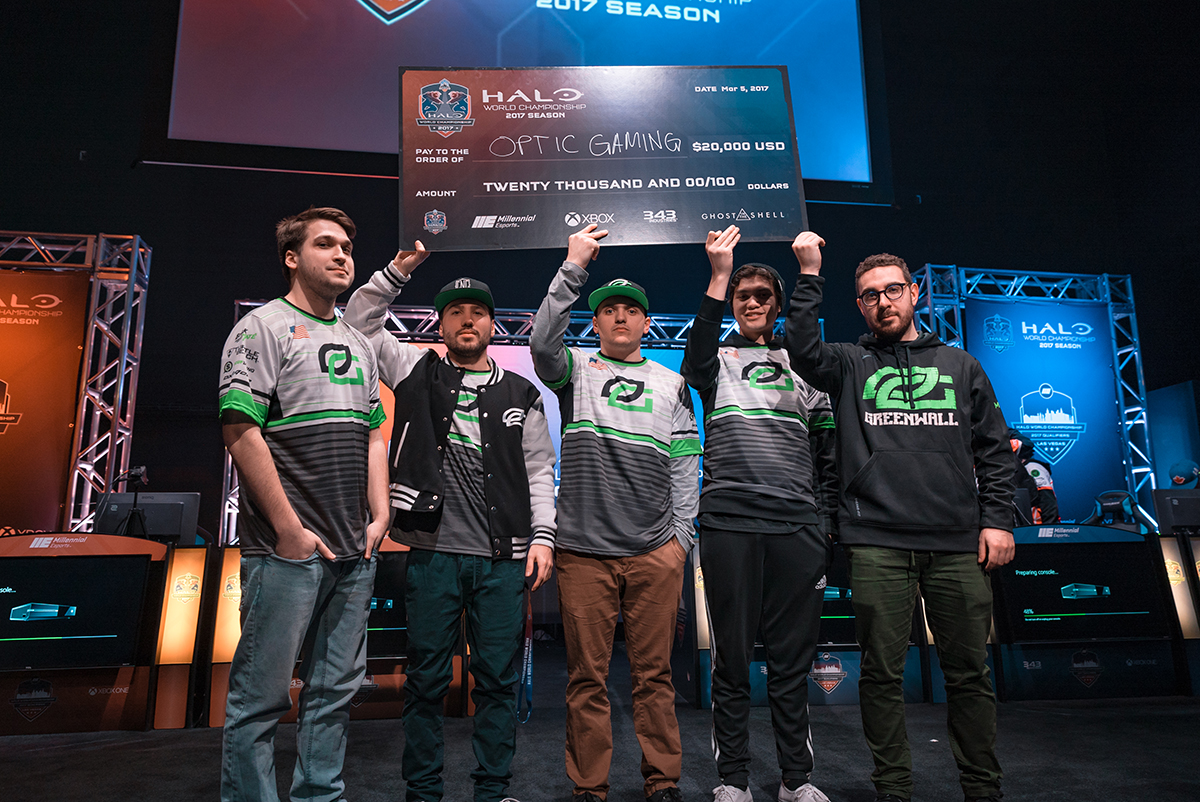 Selecting a Facility
Selecting a Facility
The three main considerations you should keep in mind when selecting an eSports venue are the players, the live audience and the streaming audience. You’ll need to consider all three of those if you want your event to be a success. Here is our perspective as a case study.
Because our venue was purpose-built for eSports, we have absolutely everything necessary to ensure that technically, they go off without a hitch. In terms of a live audience, we can comfortably accommodate about 1,050 people and the setting makes for a fantastic atmosphere. We’re very proud of the fact that this space was designed by gamers, for gamers, so the teams are able to relax, focus and concentrate on providing the best performance possible.
If you know what you want in your venue, choosing a city for an eSports event in some ways is similar to choosing one for any other competition. You’re looking for a setting that is accessible by air and road, as well as one in a place that has a lot to do in people’s down-time.
We chose the setting of downtown Las Vegas for our arena for a number of reasons. Obviously, Las Vegas is the entertainment capital of the world. It also benefits from easy travel and a plentiful supply of hotel rooms to accommodate any budget. Our location at the Neonopolis is central to everything and part of a key hub that has been central to the regeneration and revitalization that have been key to making downtown Las Vegas a must-see destination.
Interestingly enough, this was the first purpose-built eSports venue in Vegas and has already hosted events for Microsoft, Amazon and EA sports. It is a 15,000-square-foot state-of-the-art facility that can provide technical services including facilities, expertise and manpower for clients such as EA, Amazon and Microsoft. It has underground parking as well.
Economic Impact of eSports
Revenues for eSports events and tournaments are growing in a couple of important ways. The first is increasing sponsorship dollars, as more brands start to realize both the value and the size of the eSports audience. The second increase is coming through streaming revenues and this is something that applies both to events rights holders and individual teams and gamers. In August, the 1,000 most popular streamers on the Twitch platform totalled approximately $2.2 million in combined subscription revenue. SDM

